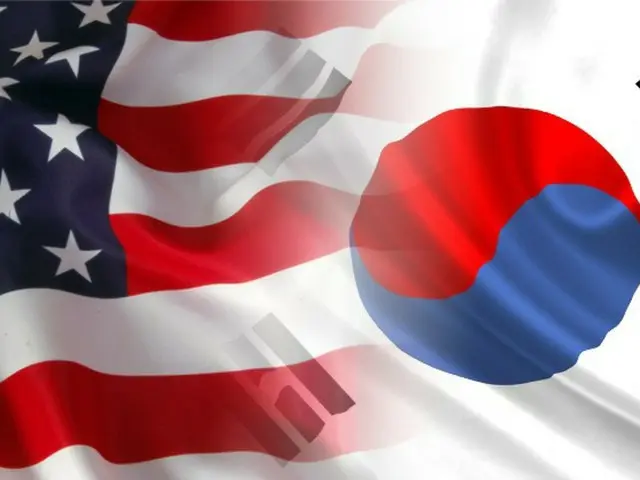The tariffs on Korean-made automobiles will be reduced from 25% to 15%. Meanwhile, South Korea will invest a total of $350 billion (approximately 53 trillion yen) in the United States. For South Korea, automobiles and auto parts are exports to the United States.
The tariffs account for one-third of exports. As it was thought that there was little chance of an agreement being reached at this meeting, the Korean newspaper Chosun Ilbo declared, "A dramatic agreement has been reached, and it is a great step for the Korean industry."
The paper also said, "The biggest negative factor for exports to the US has been resolved." On the other hand, the paper said, "The government was unable to confirm the semiconductor tariffs at a maximum of 15% within Japan and the European Union, and there was no mention of lowering steel tariffs.
The US-ROK summit took place in Gyeongju, southeastern South Korea, the same venue for the Asia-Pacific Economic Cooperation (APEC) summit that concluded on the 1st. One of the focal points of the summit was
The main sticking point was the tariff negotiations. Although the US and South Korea reached a general agreement in July, South Korea was unable to reach an agreement on the conditions for investment in the US, and subsequent negotiations dragged on, with the reduction in automobile tariffs not being applied.
The damage to the Korean economy is getting worse day by day, and there have been demonstrations against Trump's visit to Korea. Meanwhile, Lee, in an interview with Bloomberg News published on the 27th of last month,
He told reporters that "delay in reaching a settlement does not necessarily mean failure" in the tariff negotiations, suggesting that he is not in a rush to reach an agreement.
The meeting lasted about an hour and a half and covered topics such as Trump's request for increased defense spending and issues surrounding North Korea.
The two sides agreed on details of a $350 billion investment in the United States. Of the $350 billion, $200 billion will be invested in cash, and the remaining $150 billion will be used for projects to strengthen U.S.-Korea shipbuilding cooperation, led by Korean companies.
It was agreed that the $200 billion to be invested in cash would be limited to an annual cap of $20 billion. Kim Yong-beom, chief of staff to the South Korean presidential office, said at a press conference on the 29th, "The
"We will invest according to the progress of the project within the $20 billion limit, so the amount will be within the range that the foreign exchange market can tolerate, and we will be able to minimize the impact on the market," he explained.
Following the dramatic agreement reached in the US-South Korea tariff negotiations, Hyundai Motor Group, South Korea's largest automaker, said it was "thankful to the government for its dedicated efforts in reaching a settlement after going through a difficult negotiation process."
"We will continue to implement multifaceted measures to minimize the impact of tariffs, and will further strengthen our business foundation through quality, brand competitiveness, and technological innovation," the company said.
The Korean media also reported the agreement, with E-Daily reporting, "With the negotiations reaching an agreement, Korean companies' exports to the US, which had been expected to decline by around 13% compared to the previous year, will breathe a sigh of relief."
"This is a dramatic agreement achieved through the efforts of the South Korean government's negotiating team and the companies, who minimized damage through patience and wisdom even in a desperate situation," the report said.
"The long negotiations that have attracted attention since the general agreement was reached at the end of July have now reached a critical point," said the public broadcaster KBS.
"As a result, a heavy burden remains on the US," he said. Tariffs on automobiles, which account for one-third of exports to the US, have been reduced to the 15% level applied to Japan and the EU, and the US is no longer at a disadvantage in terms of competitiveness.
Although the tariffs were lifted, steel products, which are subject to a high 50% tariff under Section 232 of the US Trade Expansion Act, were not included in the negotiations. Section 232 applies not only to steel raw materials but also to transformers and home appliances.
The measure applies to approximately 400 steel-related items, including automobiles. According to KBS, a source at a small and medium-sized enterprise said, "The uncertainty surrounding exports to the US, such as automobiles, has been resolved, but the situation is still uncertain for small and medium-sized enterprises related to steel and aluminum.
"Complementary measures are needed to mitigate damage to the industry," he said.
2025/11/04 13:08 KST
Copyrights(C)wowkorea.jp 2

